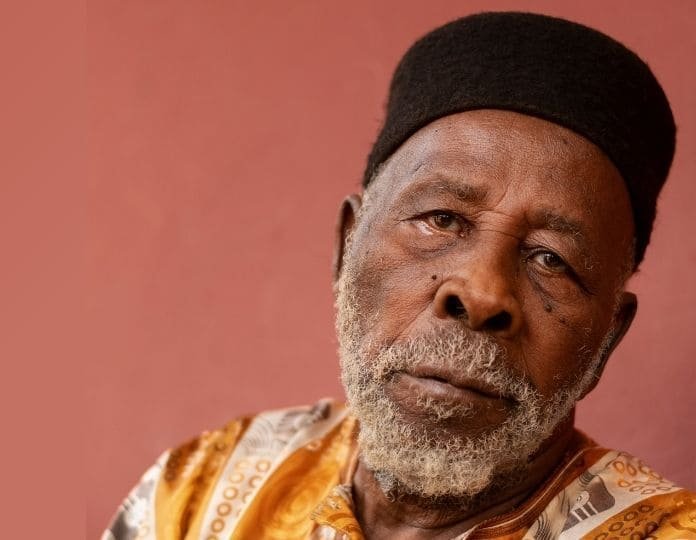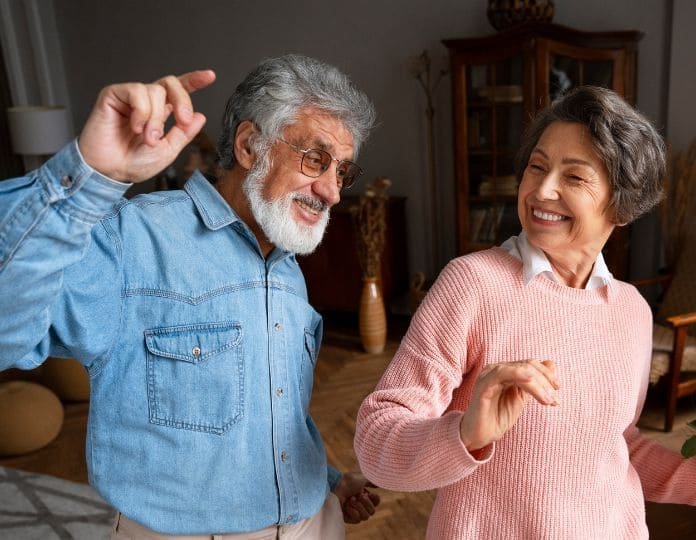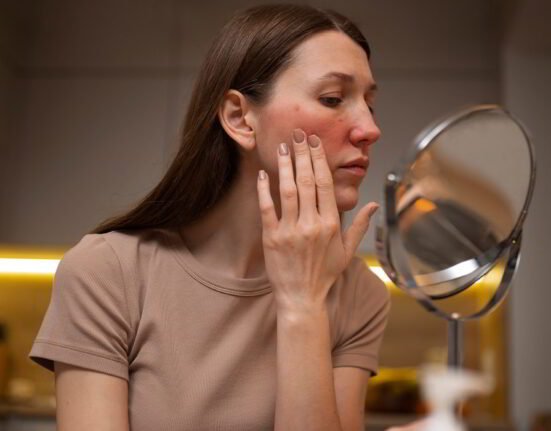Ageing is a universal, ongoing, and irreversible process that begins at conception and continues until death. Population ageing is taking place all around the world. The drop in fertility and improvement in survival that characterise the demographic transition result in an unavoidable increase in the share of elderly people. Ageism is a prejudiced attitude that encompasses not only preconceived notions about other age groups, but also the maligned thoughts and attitudes aimed at those groups and their individuals. It is a stereotype which creates discrimination against people on the basis of their age. Ageism is a daily struggle for the elderly. Ageism is prevalent, but unlike racism or sexism, it is the most socially “normalised” of all prejudices and is rarely addressed.
Related: The Old Generation and Use of Technology
It’s a pervasive and insidious practise that has negative consequences for the health of senior citizens. Ageism is perpetuated in a variety of ways: When people go shopping for senior costumes, they usually ask the merchant to show them costumes for Dada/dadi, mataji, and the merchant responds with brown, grey, and white hues, as if these hues are assigned to them. Bright colours, which are a sign of happiness, have been removed from their lives in some way.

In addition, there are few favourable depictions of the elderly in commercials and on television shows, wrinkles are frequently advertised as an indication of unattractiveness/ugliness and these advertisements generally cast a negative light on the physiological changes that the aged experience., the use of state welfare funds which are often targeted to other age groups, excluding services for older adults such as financial, infrastructural, geriatric, physical and mental health services.
Related: How to Take Care of Mental Health in Old Age?
In most medical colleges in India, there is no specialist training in geriatrics. Other problems includes feeling of powerlessness, loneliness, uselessness and isolation in elderly. In community health centres, loneliness among elderly patients with depression, reported loneliness in about three-fourth (77.3%) of the patients.
Even in a country as developed as Japan, the top-heavy demographics of elderly people (26.7 percent of the overall population) provide significant challenges to the government and economy. Now, the country is addressing the issue with creative schemes that range from comprehensive long-term-care insurance to health-care robots.
Related: A Defeatable Devil: Geriatric Depression
Ageism and disparaging acts directed at the country’s silver population are also promoted by Indian culture in some places and certain old age beliefs. In India, there are still some cultural rituals that lead to old people taking their own lives. Santhara – The pledge is taken in stages, with solid food, liquid food, and finally water being given up.
The other is Thalaikkooththal which is a traditional practise of senicide (the killing of the elderly) or involuntary euthanasia carried out by their own family members in several sections of Tamil Nadu’s southern regions. Thalaikoothal isn’t a random act of genocide; it’s a well-oiled killing ritual sparked by poverty and aided by tradition. These rituals reveal the elderly’s fading splendor and lost glory.
Related: Geriatric care A need of the hour?
Despite this, the government has aided several schemes run by various ministries. Integrated Programme for Older Persons (IPOP), Rashtriya Vayoshri Yojana, Indira Gandhi National Old Age Pension Scheme, Varishtha Pension Bima Yojana (VPBY), and Battery Operated Vehicles for Disabled and Senior Passengers at Railway Stations.
Passengers can order e-wheel chairs via the IRCTC website, and the Vayoshreshtha Samman (a national honour awarded to prominent senior persons and institutions). However, none of these are doing anything to restore the dignity of our country’s elderly. The most prevalent form of abuse experienced by elders is contempt (56 percent), followed by verbal abuse (49%), neglect (33%), and 12 percent of those interviewed said they were assaulted or slapped (Helpage 2018).

Elderly bring with them a wealth of personal and professional experience, which society as a whole must channel for a better tomorrow. They can serve as an important generational link for future generations. Grandparents in joint families provide a critical link for passing on values and morals to the younger generation. Recognizing seniors’ contributions as silver population would help to make our society a more age-inclusive society that does not pit one generation against the other.
Their deep cultural impressions and social experiences provide the necessary buffer against intolerance, which provides stability in society, especially in an era of hate and crime. Identifying ageist personal attitudes, modifying ageist attitudes in personal interaction with older persons, fostering innovative intergenerational programmes, and introducing formal education about ageing into professional schools for launching social action and reform are all possibilities to combat ageism. Although there is no cure for ageing, recovering the lost glory of our elders should be a top priority in the effort to resurrect the ancient value system as well as joint families, where intergenerational links were strong and dependable.













Leave feedback about this